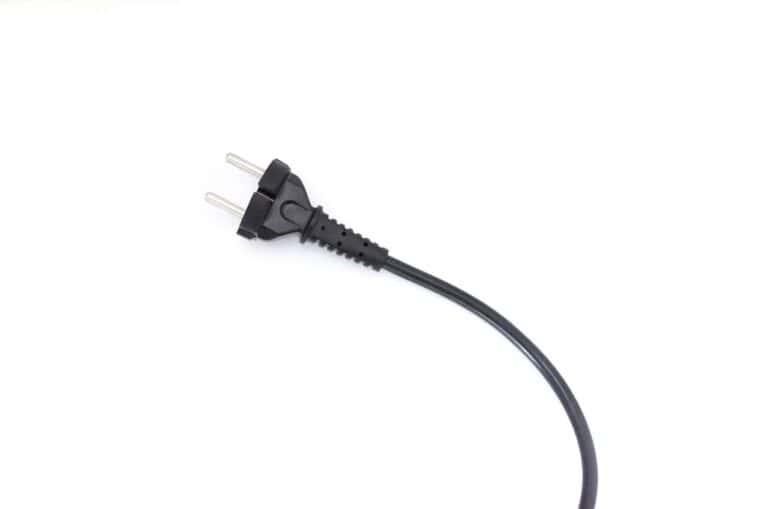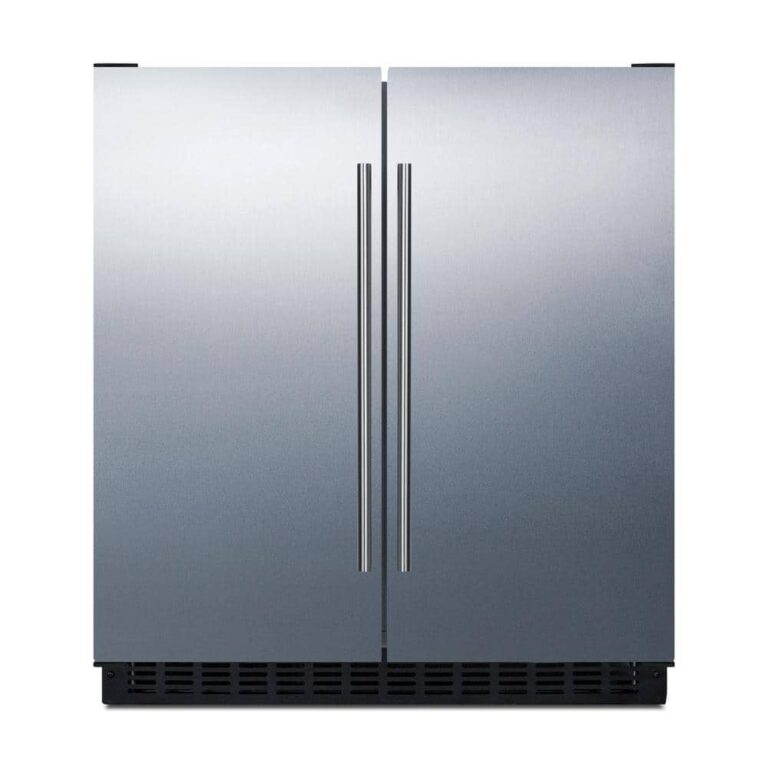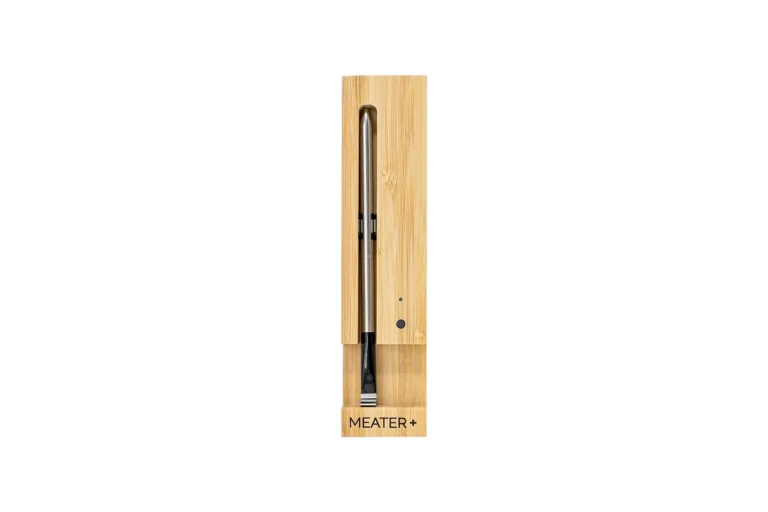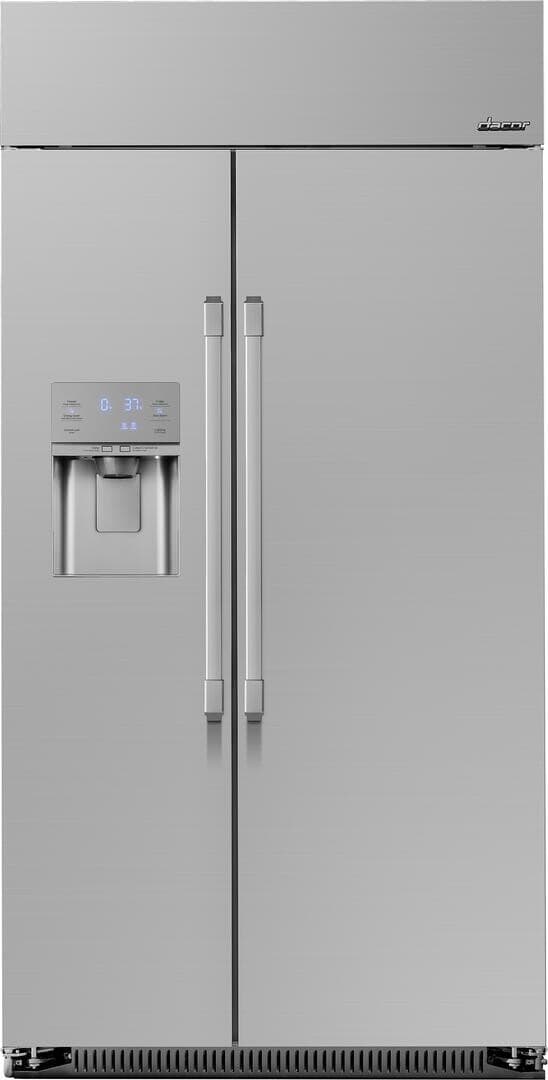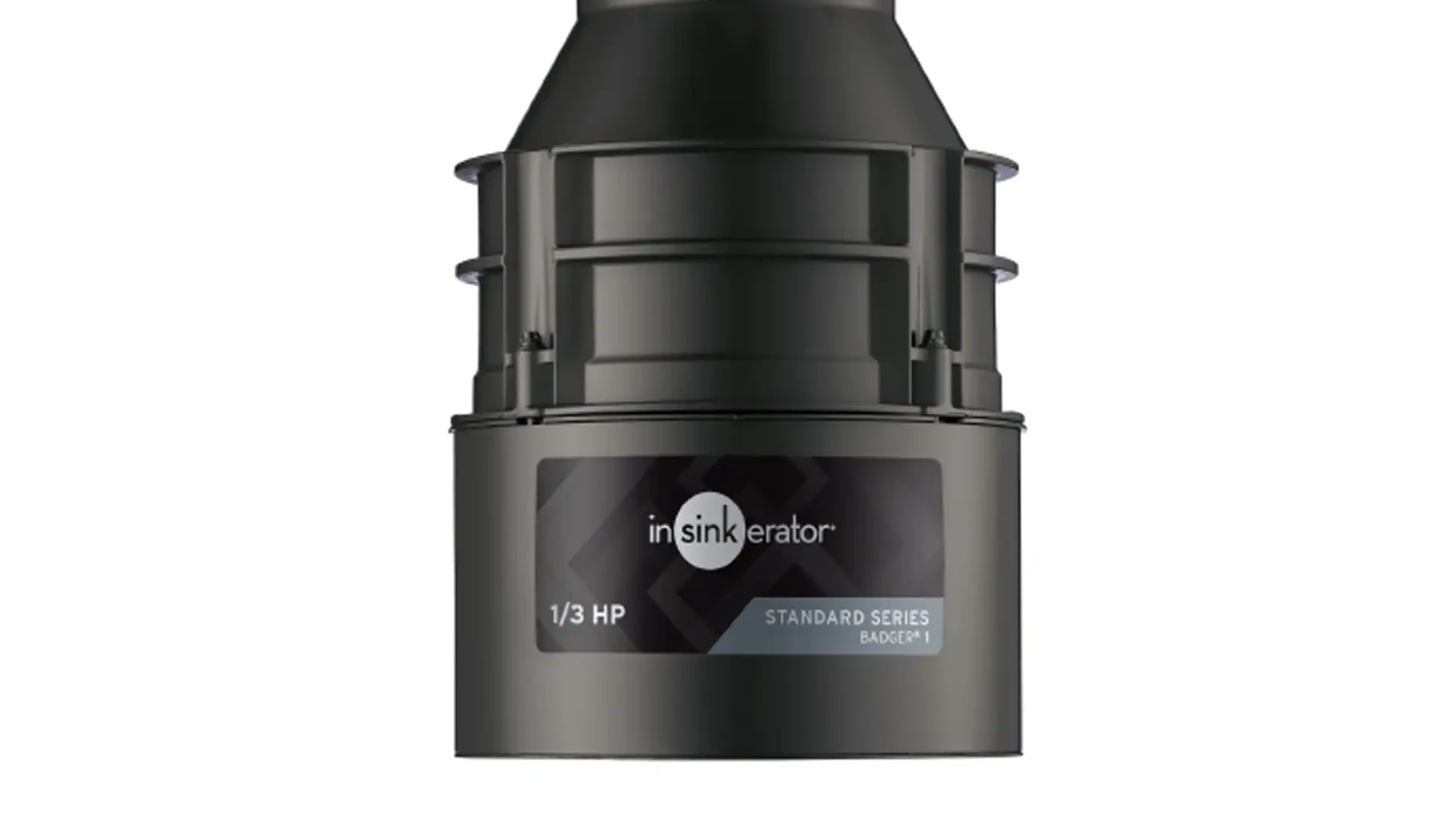
If you notice a puddle forming beneath your garbage disposal, it’s likely leaking from the bottom. This is a common problem, but it’s often something you can troubleshoot and fix yourself. A leaking garbage disposal can be a frustrating kitchen issue. When water drips from the bottom of the unit, it often signals an internal problem. The most common causes of a garbage disposal leaking from the bottom are worn seals, cracked internal components, or loose connections.
Fixing a leaky disposal may be possible depending on the cause and severity. Simple issues like loose connections can often be tightened at home. More serious problems with internal seals or cracks usually require replacing the entire unit.
Addressing a leaking disposal promptly is important to prevent water damage and mold growth under the sink. Regular maintenance and proper use can help extend the lifespan of a garbage disposal and reduce the chances of leaks developing.

Troubleshooting a Leaky Garbage Disposal: Water Escaping from the Bottom
Common Causes of Leaks from the Bottom
A garbage disposal leaking water from the bottom can be a messy and frustrating problem. Here are some common culprits behind this issue:
- Worn-out Seals: Over time, the internal seals inside the disposal can wear out, leading to leaks.
- Cracks or Damage: The disposal’s housing might have developed cracks or damage due to wear and tear or accidental impact.
- Loose Connections: The drainpipe or dishwasher connection might be loose, causing water to seep out from the bottom.

Troubleshooting Steps
| Step | Action |
|---|---|
| 1. Identify the Leak Source | Place a dry paper towel under the disposal to pinpoint the exact location of the leak. Check if the leak is coming from the top, sides, or bottom of the unit. |
| 2. Inspect the Seals | If the leak is from the bottom, it’s likely a seal issue. Unplug the disposal and carefully shine a flashlight inside to inspect the seals. Look for any signs of wear, cracks, or deterioration. |
| 3. Check for Cracks or Damage | Inspect the disposal’s housing for any visible cracks or damage. Pay close attention to the bottom and sides of the unit. |
| 4. Tighten Connections | Check the tightness of the drainpipe and dishwasher connections. Use a wrench to carefully tighten any loose connections. |
When to Call a Plumber
While some leaks can be fixed with DIY solutions, others require professional help. Consider calling a plumber if:
- The leak persists after trying the troubleshooting steps.
- You’re uncomfortable working with plumbing or electrical components.
- The disposal is severely damaged or very old.
Key Takeaways
- Leaks from the bottom often indicate internal damage requiring unit replacement
- Prompt repair prevents water damage and mold growth under the sink
- Regular maintenance and proper use help prevent leaks and extend disposal lifespan
Understanding Garbage Disposal Leaks
Garbage disposal leaks can stem from various issues. Knowing the causes helps pinpoint the problem. Fixing leaks quickly prevents water damage and safety hazards.
Common Causes of Leaks
Worn gaskets often lead to leaks. These rubber seals degrade over time. Loose connections between the disposal and sink can also cause drips. Cracks in the unit’s body let water escape.
Internal seals may fail due to age or wear. This allows water to seep out. Corrosion inside the disposal can create holes. Food debris and harsh cleaners speed up this process.
Sometimes the leak comes from a faulty reset button. This small part can let water through when damaged. Improper installation might leave gaps for water to escape.
Identifying the Source of the Leak
Finding the leak’s origin is key to fixing it. First, dry the disposal completely. Then place paper towels around it. Run water through the sink to see where it appears.
Check the top of the unit near the sink connection. Look for drips along the sides. Examine the bottom for any moisture. Pay close attention to seams and joints.
Use a flashlight to inspect hard-to-see areas. Listen for unusual sounds when running water. These might point to internal leaks.

Risks Associated with Leaking Garbage Disposals
Water damage is a major concern with leaky disposals. It can ruin cabinets and flooring. Mold growth becomes likely in damp areas. This poses health risks to household members.
Electrical shock hazards increase with water near wiring. Never touch a wet disposal while it’s plugged in. Leaks can also lead to short circuits. This may damage the unit beyond repair.
Persistent leaks waste water. They can increase utility bills over time. Ignoring leaks often leads to more serious and costly problems later.
Preventive Measures and Maintenance
Regular upkeep and proper use can help avoid leaks in your garbage disposal. These steps will keep your unit running smoothly and extend its lifespan.
Routine Inspection and Cleaning
Check your garbage disposal often for signs of wear. Look for cracks or damage to the unit’s body. Clean the splash guard and drain opening weekly with soap and water. This stops grime buildup that can lead to leaks.
Run cold water through the disposal for 30 seconds before and after use. This flushes out food bits and keeps the unit clean. Pour a mix of ice cubes and rock salt into the disposal once a month. Grind these to scrub the inside walls and blades.
Use a flashlight to inspect the connections under the sink. Tighten any loose parts you find. Replace worn gaskets or seals right away. This stops small issues from turning into big leaks.
Proper Usage of Garbage Disposal
Don’t overload your disposal with too much food waste at once. Put in small amounts and run cold water while grinding. Avoid putting hard items like bones or fruit pits in the disposal. These can damage the blades and inner parts.
Keep fibrous foods like celery and corn husks out of the disposal. They can wrap around the blades and cause jams. Don’t pour grease or oil down the drain. These can build up and cause clogs or leaks over time.
Run the disposal regularly, even if you don’t use it often. This keeps all parts moving and working well. If you hear odd noises or notice bad smells, address them quickly. These can be early signs of problems that might lead to leaks.
Step-by-Step Repair Guide
A leaking garbage disposal can be fixed with the right tools and know-how. These steps will help you tackle common issues like faulty sink flanges, worn gaskets, and loose connections.
Fixing a Leaky Sink Flange
Check if water is seeping from where the disposal meets the sink. This often means the sink flange needs attention. To fix it:
- Turn off power to the disposal
- Loosen the mounting screws
- Remove the unit from under the sink
- Clean old putty from the sink opening
- Apply fresh plumber’s putty around the flange
- Reattach the disposal
- Tighten the mounting screws firmly
Test for leaks by running water in the sink. If it’s still leaking, the flange may need replacement.
Replacing Worn Out Gaskets and Seals
Worn gaskets or seals can cause leaks at the bottom of the unit. To replace them:
- Disconnect power and remove the disposal
- Locate the worn gasket or seal
- Remove the old part carefully
- Clean the area thoroughly
- Install the new gasket or seal
- Reattach the disposal
Make sure to get the right size and type of gasket for your model. Some units may need special tools to open.
Tightening Loose Plumbing Connections
Loose pipes can cause water to drip from the bottom. To fix this:
- Place a bucket under the disposal
- Check all connections for tightness
- Use pliers to tighten any loose fittings
- Look for cracks in the pipes
- Replace cracked sections if needed
Pay special attention to the drain pipe connection. It’s a common spot for leaks. Use plumber’s tape on threaded connections for a better seal.
Regular checks can prevent many leaks. If these steps don’t work, the unit may need replacement.
Professional Repair and Replacement
When a garbage disposal leak persists, expert help may be needed. Knowing when to call a pro and how to choose a new unit can save time and money.
When to Call a Professional
A plumber should be called if the leak continues after basic fixes. Signs that need expert attention include:
• Cracks in the disposal body
• Damaged internal seals
• Faulty wiring
Professionals have tools to pinpoint hard-to-find leaks. They can also spot other plumbing issues that may be causing problems.
Safety is key when dealing with water and electricity. A pro can safely disconnect power and water lines.
For older units, repair costs may exceed replacement costs. A plumber can advise if a new disposal is the better option.
Choosing the Right Replacement Model
When picking a new garbage disposal, consider:
• Horsepower: Higher HP units handle more food waste
• Noise level: Look for models with sound insulation
• Grinding stages: Multi-stage grinders work more efficiently
• Warranty: Longer warranties often mean better quality
Size matters too. Measure the space under your sink before buying. Check if a new sink flange is needed.
Think about your household needs. Large families may need more powerful units. For small households, a basic model might suffice.
Some new disposals have anti-jamming features. Others come with a removable splash guard for easier cleaning. These extras can be worth the cost for some users.
Frequently Asked Questions
Garbage disposal leaks can stem from various issues. Proper diagnosis and safe handling are key to addressing these problems effectively.
Why is my garbage disposal leaking from the reset button area?
A leak from the reset button area often points to internal seal failure. This usually means the unit needs replacement. Water seeping through this spot can damage the motor.
Is it safe to operate the dishwasher if my garbage disposal is leaking?
It’s not safe to run the dishwasher with a leaking disposal. The leak may worsen. It could also lead to water damage or electrical hazards. Fix the disposal first.
What steps should I take if my garbage disposal is leaking from the top?
For top leaks, check the sink flange. It may need tightening or resealing. Turn off power to the unit. Remove the disposal. Apply new plumber’s putty around the flange. Reinstall and tighten.
How can I identify the source of a leak in my garbage disposal?
To find the leak source, try the food coloring test. Fill the sink with colored water. Watch where the color appears under the disposal. This helps pinpoint the leak location.
Should a garbage disposal unit be unplugged when it is found to be leaking?
Yes, unplug a leaking disposal right away. This prevents electrical risks. It also stops water damage. Turn off power at the circuit breaker for added safety.
Could a clogged garbage disposal be the reason for water leakage?
Clogs can cause leaks. They create pressure that forces water out through weak spots. Clear any blockages. Run water through the disposal. If leaks persist, other issues may be to blame.

